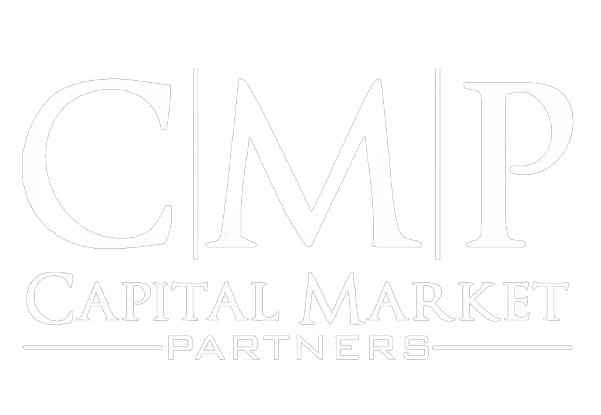Capital Market Partners
As a Nordic Financial Services Advisory, we engage with clients to ensure tangible, hands-on solutions through best-in-class consulting craftsmanship.
And then there’s the part about having fun at CMP; naturally, everything is not supposed to be fun and games, but you have to enjoy what you do. It’s an attitude that permeate the entire company.
- Peter Jørn Jensen, Director
Tailored Solutions for Your Business
With deep insights and experience into financial services, we help businesses achieve their ambitions, adapt to market trends and regulations, as well as ensuring processes and systems remain efficient and compliant.
Why Choose Us
We understand the unique challenges in Financial Services and offer fast, effective solutions to help your business stay ahead of the curve and solve clients key challenges.






